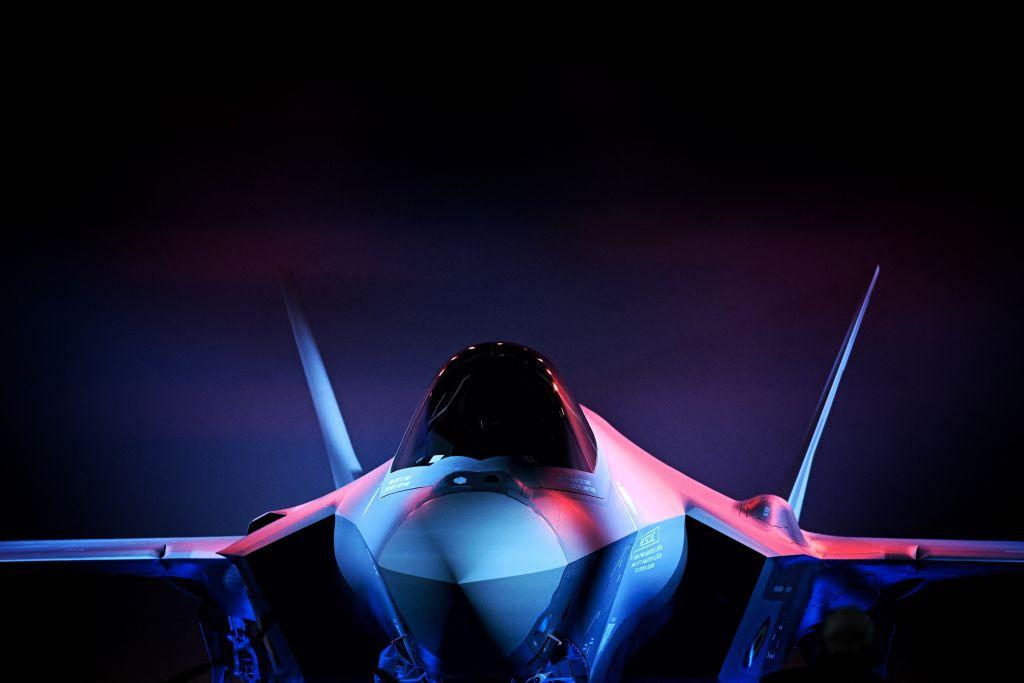Commentary
The Pentagon is facing a difficult decision regarding the F-35’s chronic, crippling problems with overheating brought on by its insufficient cooling capacity.

The Pentagon is facing a difficult decision regarding the F-35’s chronic, crippling problems with overheating brought on by its insufficient cooling capacity.